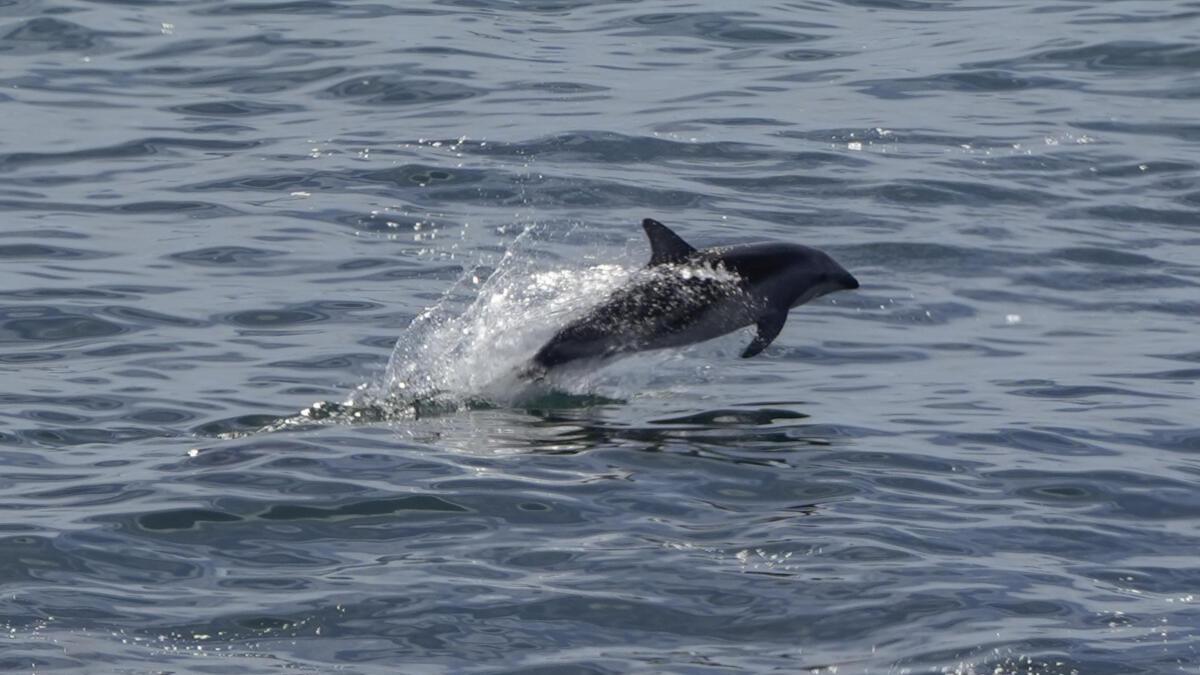
AI, satellite pics reveal ocean activities happening out of sight Premium
The Hindu
Humans are racing to harness the ocean’s vast potential to power global economic growth. Worldwide, ocean-based industries such as fishing, shipping and energy production generate at least US$1.5 trillion in economic activity each year and support 31 million jobs.
Humans are racing to harness the ocean’s vast potential to power global economic growth. Worldwide, ocean-based industries such as fishing, shipping and energy production generate at least US$1.5 trillion in economic activity each year and support 31 million jobs. This value has been increasing exponentially over the past 50 years and is expected to double by 2030.
Transparency in monitoring this “blue acceleration” is crucial to prevent environmental degradation, overexploitation of fisheries and marine resources, and lawless behaviour such as illegal fishing and human trafficking. Open information also will make countries better able to manage vital ocean resources effectively. But the sheer size of the ocean has made tracking industrial activities at a broad scale impractical – until now.
A newly published study in the journal Nature combines satellite images, vessel GPS data and artificial intelligence to reveal human industrial activities across the ocean over a five-year period. Researchers at Global Fishing Watch, a nonprofit organization dedicated to advancing ocean governance through increased transparency of human activity at sea, led this study, in collaboration with me and our colleagues at Duke University, University of California, Santa Barbara and SkyTruth.
We found that a remarkable amount of activity occurs outside of public monitoring systems. Our new map and data provide the most comprehensive public picture available of industrial uses of the ocean.
Our research builds on existing technology to provide a much more complete picture than has been available until now.
For example, many vessels carry a device called an automatic identification system, or AIS, that automatically broadcasts the vessel’s identity, position, course and speed. These devices communicate with other AIS devices nearby to improve situational awareness and reduce the chances of vessel collisions at sea. They also transmit to shore-based transponders and satellites, which can be used to monitor vessel traffic and fishing activity.
However, AIS systems have blind spots. Not all vessels are required to use them, certain regions have poor AIS reception, and vessels engaged in illegal activities may disable AIS devices or tamper with location broadcasts. To avoid these problems, some governments require fishing vessels to use proprietary vessel monitoring systems, but the associated vessel location data is usually confidential.

We know birds, animals and insects constantly communicate with each other by making certain sounds. But when we think about plants, we do not ever think of them communicating. Charles Darwin, an eminent biologist, thought otherwise. Plants might appear the quiet, silent and solitary type of organisms but they have a complex way of communicating which is interesting and important for their survival.

Podcasts have become our best friends, especially during the Covid-19 pandemic. Whether you are cooking, sketching or going on an evening walk, there is a show that matches your mood. From horror tales to informative conversations to just two friends talking about anything & everything relatable, podcasts have become a part of our lives unknowingly. Over the years, more voices have joined this audio landscape and filled it with stories that resonate with our lives. Podcasts serve as a reminder that everyone has a story worth telling and listening to!









